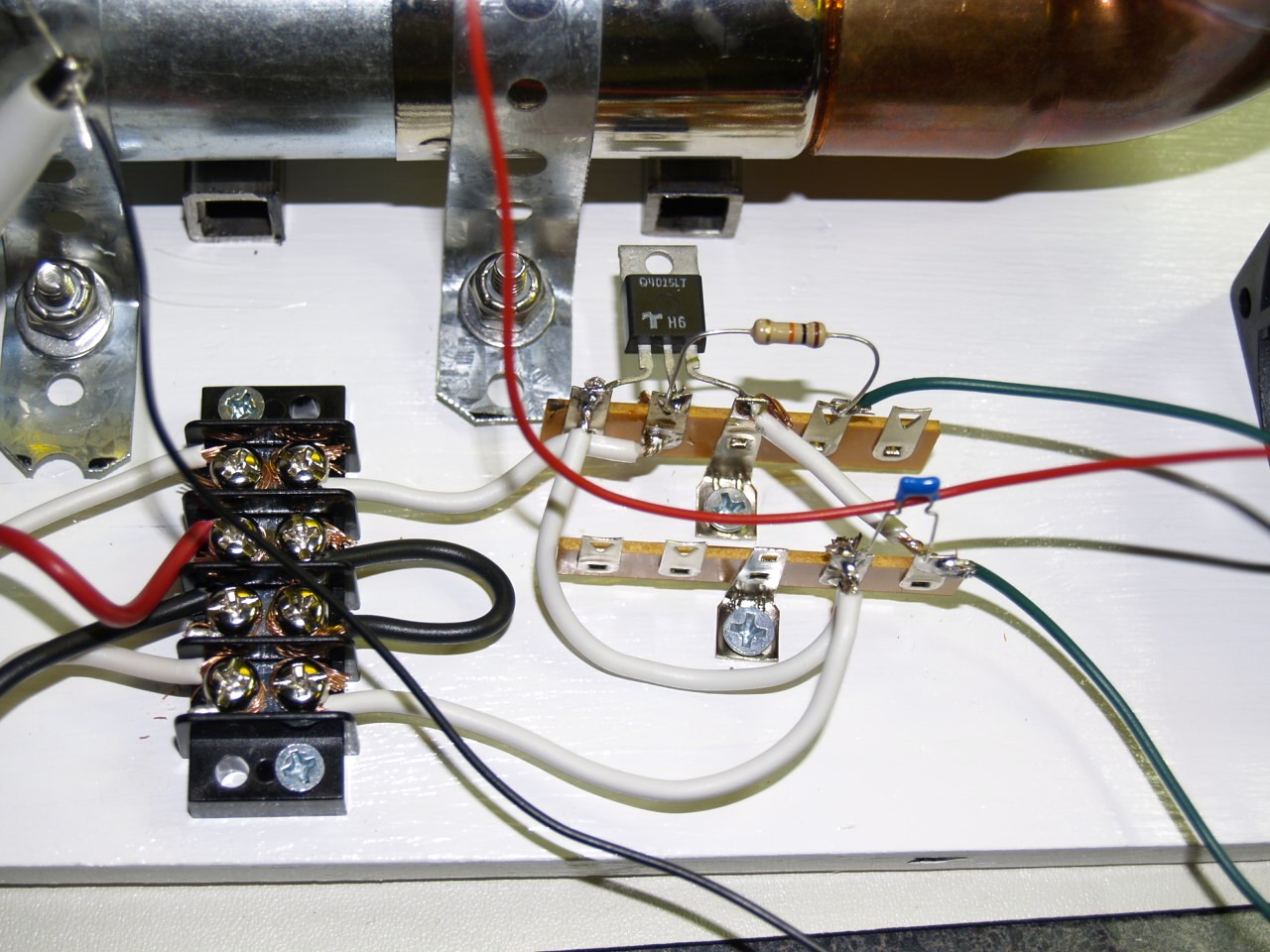How to Design Electrical Circuits for Homes

Electrical circuits are one of the greatest inventions of all time. They have revolutionised our lives and have made things that we use smaller in size and effective. It is not as difficult now as it used to be sometime back. The technology has come to our aid and computer programs can be very helpful in making the circuits.
You can make them yourself at home. You will need some basic materials and a bit of skill in order to achieve the task. It is a good skill to have and can be helpful in earning as well.
Instructions
-
1
Make a Plan
Make a plan of the home including the location of the window and the doors. Make sure that the plan is accurate so that you can have the work done properly. -
2
Capacity
Estimate the capacity that the circuit will have to bear. In rooms where there are many appliances, a 20 amp circuit should do the job. On the other hand, in the rooms there are not many appliances, a 15 amp circuit should be enough. -
3
Service Panels
It is important to make sure that the existing panels can hold the extra circuit. In general, these have a capacity of 100 or 200 amps, so an extra circuit should not be a problem for them to tackle. If the condition of the existing boards is not good, you may want to replace them. -
4
Map the Path
Map the path from which the circuit will run. Keep it as short as possible. Use the best cables to make sure that the circuit runs well. Always use energy saving cables, these last long and do not have leakages which can severely affect the electricity bill in a negative manner. Making a long circuit will make it more cumbersome as well as more intrusions will come in the way. -
5
Cable
Make sure that the cable is appropriate cable type for the kind of the circuit. Choose a BX-metallic sheath or non-metallic sheathed cable. You will need a 12 gauge cable for a 20 amp circuit. A 14 gauge cable should do for a 15 amp circuit. It is not a bad idea to add 20 percent of your measurement for wastage and unexpected turns.







